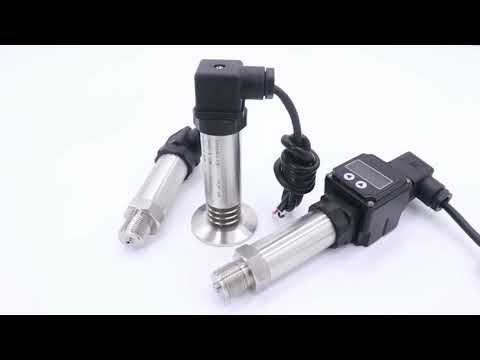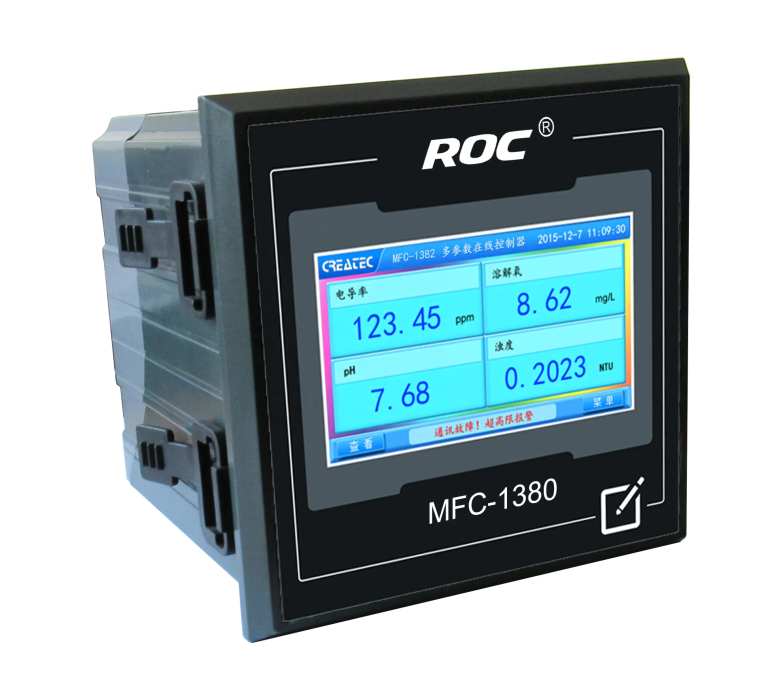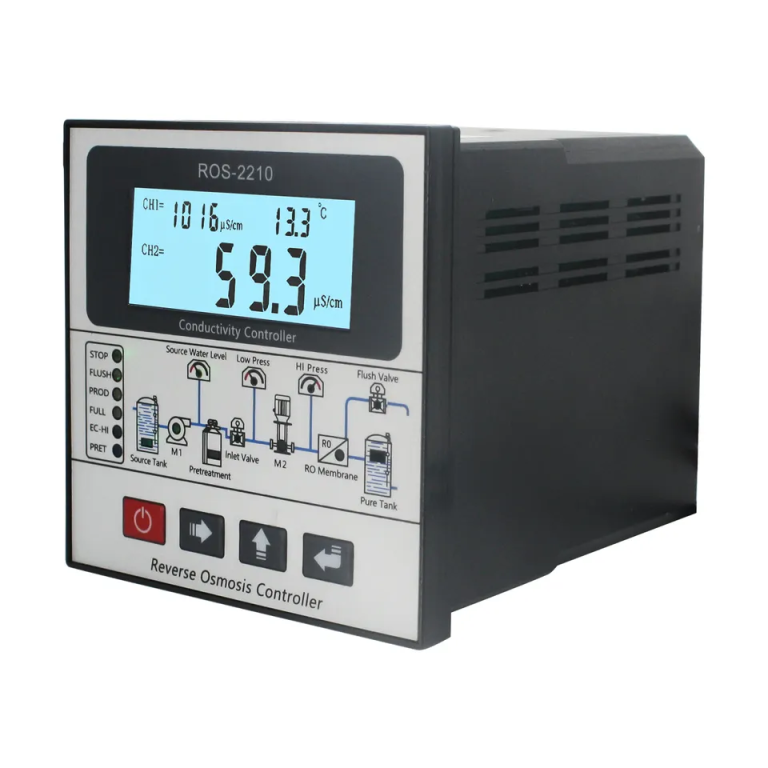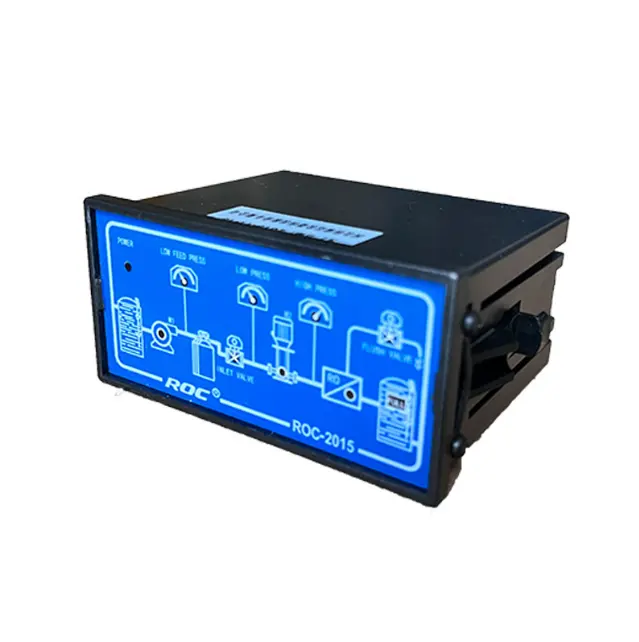Understanding the Functionality and Applications of a Universal ph meter
A universal pH meter is an indispensable tool in various scientific and industrial fields. It is a device that measures the acidity or alkalinity of a solution, providing a quantitative value that helps in understanding the chemical nature of substances. This article aims to elucidate the functionality and applications of a universal pH meter, shedding light on its importance in different sectors.
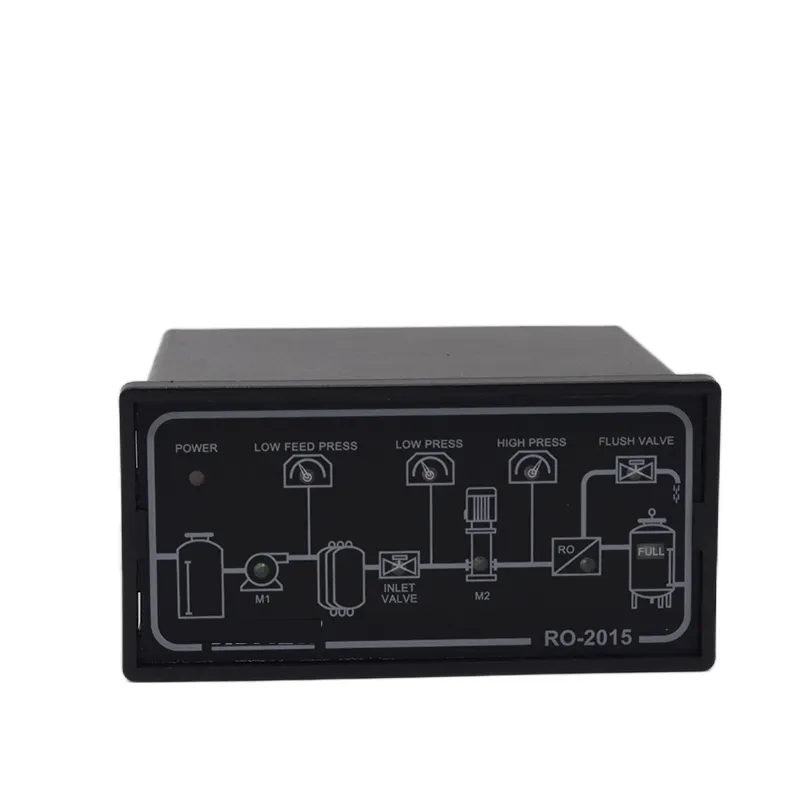
The functionality of a universal pH meter is based on the principle of potentiometry, which involves the measurement of the electrical potential difference between two electrodes immersed in the solution to be tested. The meter consists of a voltmeter attached to a pH-responsive electrode and a reference electrode. The pH-responsive electrode, usually made of glass, responds to hydrogen ions in the solution and generates a potential difference. This potential difference is then compared with the potential of the reference electrode, which remains constant. The voltmeter measures this difference and converts it into a pH reading.
The operation of a universal pH meter is relatively straightforward. The electrodes are first calibrated using standard buffer solutions of known pH values. After calibration, the electrodes are rinsed and then immersed in the test solution. The meter then displays the pH value of the solution. It’s important to note that the accuracy of the pH meter depends on the proper calibration and maintenance of the electrodes.
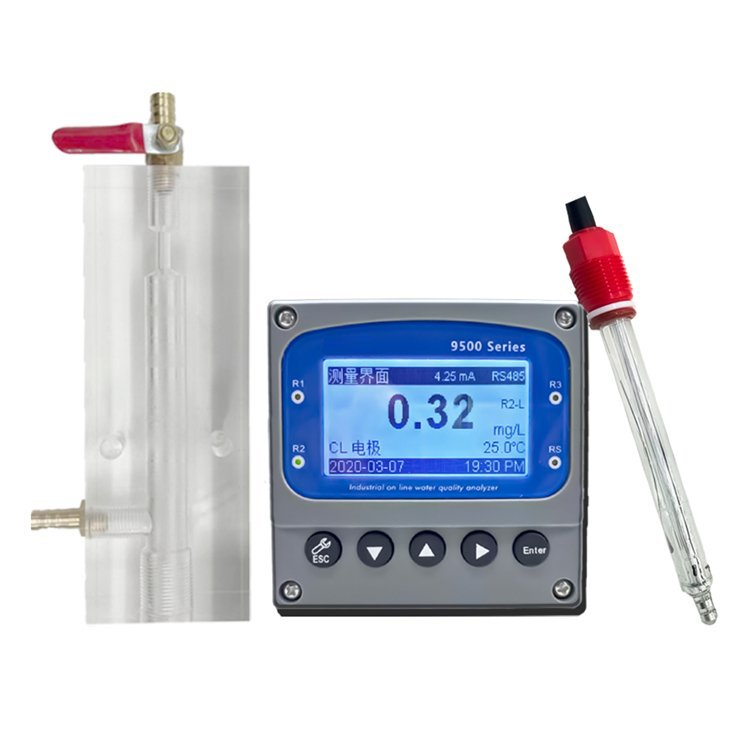
The applications of a universal pH meter are vast and varied. In the field of chemistry, it is used to determine the pH of solutions in various experiments and reactions. It helps chemists understand the nature of the substances they are working with, whether they are acidic, neutral, or alkaline. In environmental science, pH meters are used to monitor the acidity of rainwater and the alkalinity of seawater, providing crucial data for understanding and addressing environmental issues.
In the food and beverage industry, pH meters play a crucial role in quality control. They are used to measure the acidity or alkalinity of various products, such as wine, beer, and dairy products, to ensure they meet the required standards. In agriculture, pH meters are used to test the pH of soil, which is vital for determining its suitability for different crops. In the pharmaceutical industry, pH meters are used in the formulation and testing of drugs. They help in maintaining the pH balance of medicines, which is crucial for their efficacy and stability.
| Model | EC-8851/EC-9900 High Precision Conductivity/resistivity controller |
| Range | 0-200/2000/4000/10000uS/cm |
| 0-20/200mS/cm 0-18.25MΩ | |
| Accuracy | Conductivity:1.5%; Resistivity:2.0%(FS) |
| Temp. Comp. | Automatic temperature compensation based on 25℃ |
| Oper. Temp. | Normal 0~50℃; High temp 0~120℃ |
| Sensor | 0.01/0.02/0.1/1.0/10.0cm-1 |
| Display | LCD Screen |
| Current Output | 4-20mA output/2-10V/1-5V |
| Output | High/Low limit dual relay control |
| Power | DC24V/0.5A or |
| AC85-265V±10% 50/60Hz | |
| Working Environment | Ambient temperature:0~50℃ |
| Relative humidity≤85% | |
| Dimensions | 96×96×72mm(H×W×L) |
| Hole Size | 92×92mm(H×W) |
| Installation Mode | Embedded |
In the field of medicine, pH meters are used to measure the pH of body fluids, such as blood and urine, which can provide valuable information about a person’s health. For instance, a high blood pH can indicate alkalosis, while a low pH can indicate acidosis, both of which are serious medical conditions.
| Model | pH/ORP-3500 pH/orp meter |
| Range | pH:0.00~14.00 ; ORP: (-2000~+2000)mV; Temp.:(0.0~99.9)°C (Temp.Compensation: NTC10K) |
| Resolution | pH:0.01 ; ORP: 1mV; Temp.:0.1°C |
| Accuracy | pH:+/-0.1 ; ORP: +/-5mV(electronic unit); Temp.: +/-0.5°C |
| Temp. compensation | Range: (0~120)°C; element: Pt1000 |
| Buffer Solution | 9.18; 6.86; 4.01; 10.00; 7.00; 4.00 |
| Medium Temp. | (0~50)°C (with 25°C as standard) manual/automatic temp. compensation for selection |
| Analog output | Isolated one Channel(4~20)mA, Instrument/Transmitter for selection |
| Control Output | Double relay output (single contact ON/OFF) |
| Working Environment | Temp.(0~50)℃; relative humidity <95%RH (non-condensing) |
| Storage Environment | Temp.(-20~60)℃;Relative Humidity ≤85%RH (none condensation) |
| Power Supply | DC 24V; AC 110V; AC220V |
| Power consumption | <3W |
| Dimension | 48mmx96mmx80mm(HxWxD) |
| Hole Size | 44mmx92mm(HxW) |
| Installation | Panel mounted, fast installation |
In conclusion, a universal pH meter is a versatile tool that plays a crucial role in various fields. Its ability to provide accurate and reliable measurements of acidity or alkalinity makes it indispensable in scientific research, industrial processes, and medical diagnostics. By understanding its functionality and applications, we can appreciate the importance of this device in our daily lives.


